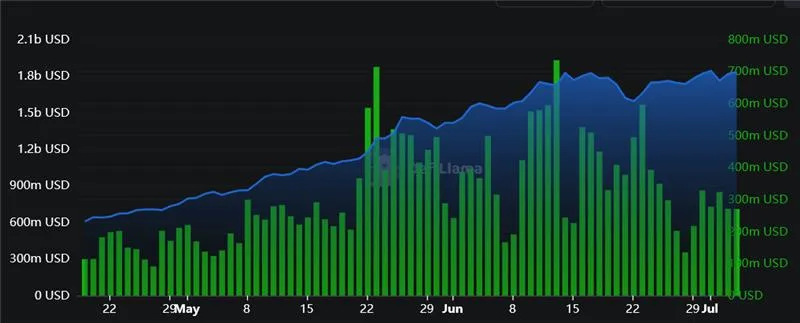A dangerous botnet called H2Miner has resurfaced. It hijacks computers to secretly mine Monero (XMR) and, in some cases, deploys ransomware.
Cybersecurity researchers say the malware has expanded since it first appeared in 2019. The new version now targets Linux servers, Windows desktops, and cloud containers.
A Silent Virus Could Be Using Your Computer For Crypto Mining
According to cybersecurity firm Fortinet, attackers gain access by exploiting known software vulnerabilities. These include Log4Shell and Apache ActiveMQ, which many systems still use.
Once inside, the virus installs a tool called XMRig, a legitimate open-source miner.
But instead of asking for permission, it runs in the background, using your computer’s processing power to earn Monero for the hackers.
Also, H2Miner uses smart scripts to disable antivirus tools. It also kills other miners that may already be running on the system.
Then, it wipes any trace of its actions. On Linux, it installs a cron job that redownloads the malware every 10 minutes.
On Windows, it sets up a task that runs silently every 15 minutes.

Message From Hackers After Taking Over User Systems. Source: Fortinet
A Ransomware Twist Adds More Damage
The virus doesn’t stop at crypto mining. A new payload, called Lcrypt0rx, can also lock up your computer.
It uses a simple but destructive method to overwrite the Master Boot Record—a key part of your computer that controls startup. This can prevent the system from booting properly.
The ransomware also adds fake system settings to hide itself and create persistence.
The campaign takes advantage of cheap cloud servers and misconfigured services. Once a machine is infected, the malware scans for other systems to infect—especially Docker containers and cloud platforms like Alibaba Cloud.
It also spreads through USB drives and loops through antivirus processes, killing them off one by one.
Security experts warn that removing H2Miner requires a deep cleanup. You must delete all related cron jobs, scheduled tasks, and registry entries.
If even one hidden script survives, the botnet can reinstall itself and resume mining Monero in secret.
What Traders and Crypto Users Should Know
This attack isn’t targeting crypto wallets directly. Instead, it steals computing power to generate new Monero coins for the attackers.
The risk is especially high for self-hosted nodes, cloud miners, and unmanaged VPS services.
If your system runs hot or slows down unexpectedly, you might want to check for unusual processes like sysupdate.exe or recurring outbound connections.
Monero’s privacy features make it attractive for attackers. But for users, the real risk is losing control of your devices—and unknowingly funding crypto crime.


